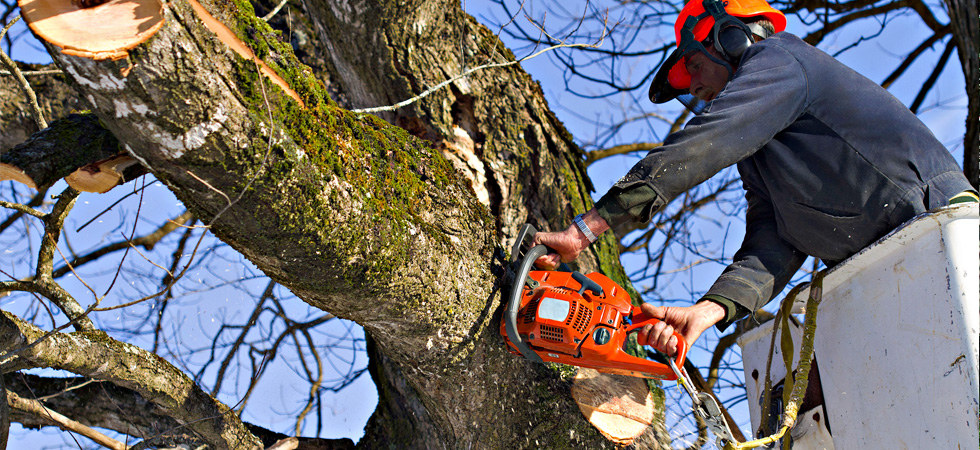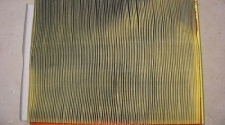Trees add immeasurably to the beauty and livability of our landscapes, whether it’s a leafy residential street or a farm-country windbreak. They’re essentially universally pleasing to the eye, they naturally filter and oxygenate our airways, they provide shade and wildlife habitat–heck, they may even promote serenity, creativity, and general happiness.
That said, trees can also be hazards to life and limb–directly and indirectly. In the deep woods, the natural cycles of branch breakage and tree-fall provide important ecological services; in a populated setting, they’re downright dangerous. One way to ward off potential injury or property damage from overgrown, shedding, or toppling trees? Proper trimming!

The Value of Trimming
Why trim? There are, of course, aesthetic and economic reasons: Orchardists prune fruit trees to promote the best yield, while landscapers like to shape canopies for maximum visual appeal. But we’re talking here about protecting yourself and your property. An untrimmed tree can reduce the visibility and clearance of a street or block road signs; it can obstruct power or telephone lines, heightening the risk of outages and fires.
And a tree that isn’t properly trimmed can also cause entire boughs to come crashing down with little warning. It’s easy to think of trees as relatively static landscape features, but of course they’re growing and responding to their environment all the time. Shedding twigs and branches is a normal process: It allows a tree to maximize its energy resources by discarding boughs that aren’t photosynthesizing enough, or to survive drought by reducing its water-hungry wood. It’s also part of a tree’s aging: Injured or senescing branches or boles may die and eventually fall even as the rest of the tree prospers.
Turn to the Professionals
Trimming can nip these issues in the “bud” (so to speak), but in many cases it’s best to seek out a qualified tree trimming service for the job. Improper pruning can damage a tree or promote riotous growth. More importantly, trimming can be extremely dangerous, and removing canopy deadwood requires high-risk climbing to boot.
A professional arborist, meanwhile, knows how to maintain or improve a tree’s shape while safely removing dead or dying twigs and boughs that might otherwise fall on your yard, your house, or–worst case scenario–your head.
Given their often-vigorous growth and the quantity of leaves, bark, fruits, wood, and other debris they can slough off, trees may seem infuriatingly high-maintenance. Even the quickest rundown of their many innate services, from churning out oxygen to beautifying the neighborhood, should convince you that their value far outweighs the upkeep. And when you’ve got an experienced arborist handling the trimming, you can really rest eas













